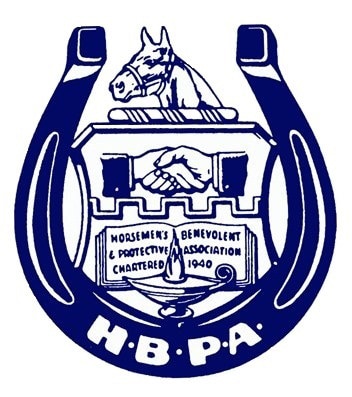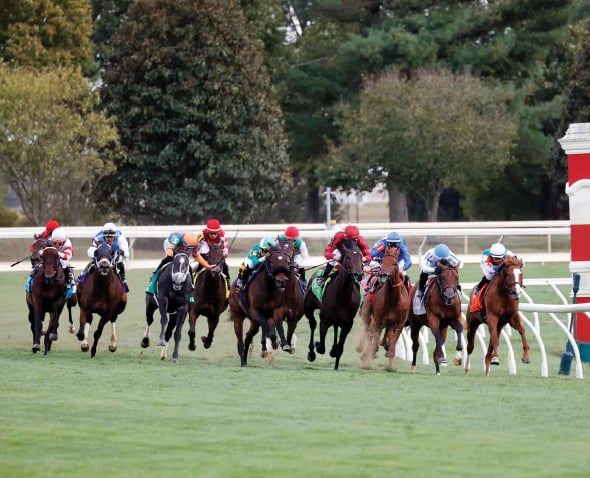Helmet Tests Revealing for Jockeys Guild
Blood-Horse
A series of helmet tests conducted by the Jockeys’ Guild have revealed the dangers of riding with a helmet that previously has been involved in a spill and also offered initial evidence that a thin skull cap could help reduce impact to the head during a fall.
The Guild talked Tuesday, Jan. 19, at its 75th anniversary assembly in Hollywood, Fla., about the results of tests it conducted at Chesapeake Testing in Belcamp, Md. The testing lab, recommended by Thoroughbred owner-breeder Bill Boniface, was attractive for the Guild because it provided customized testing to mimic a fall on dirt or being stepped on by a horse.
Chesapeake Testing technical operations specialist Bryan Shaffer displayed compelling evidence of the dangers of using a helmet that previously has been impacted. He showed CT scans of a new helmet compared to a helmet that had been previously impacted. The impacted helmet looked just like the new helmet to the naked eye, but the scan revealed the foam lining had been destroyed and no longer offered protection to a rider using such a helmet.
“This is not a safe helmet to wear,” Shaffer said.
Shaffer said helmet developers are working on designs that could withstand a low impact and continue to be used but they’re not there yet. The Guild advises riders to replace their helmets if they are impacted in a spill.
Guild regional manager Jeff Johnston, who also serves as the organization’s point man on helmets and safety equipment, said tests showed that with each impact on the tower drop machine used to test the helmets, the protection offered was reduced.
“Compromised helmets didn’t hold up and every drop was less and less protection,” Johnston said. “Helmets don’t come back. They’re always going to be damaged. They can even look brand new. … Every time you hit the ground, your helmet is going to have some damage. You can’t always see the damage. You should always discard your helmet after you hit the ground and impact your helmet if you have a concussion, a headache, or a hard hit.”
Johnston said he realizes that can be costly for some riders. He said some manufacturers will replace a helmet without cost or reduced cost. He encouraged riders to look into such offers.
The tests also revealed that skull caps may add impact protection for riders. Johnston said to this point they’ve only tested one brand of the thin caps that can be worn underneath a helmet and they would like to test more brands before making any recommendation.
Shaffer said when a skull cap was added underneath the helmet, G forces were reduced at impact.
Johnston said he knows of no regulations that would prohibit riders from wearing the caps. He said on hot days, the caps can be soaked between races and actually provide some cooling as well.





